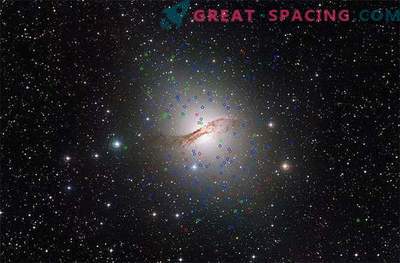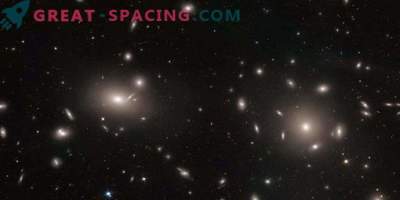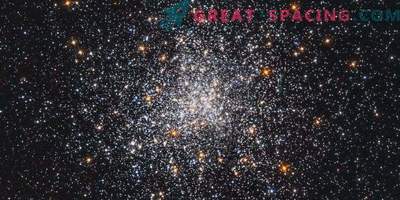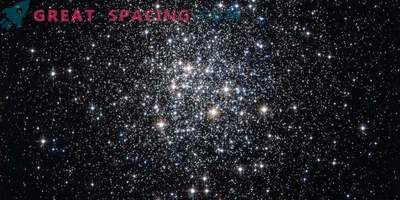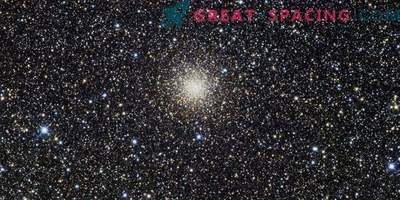
A snapshot of the Chandra X-ray Observatory shows a 47 Tukan globular cluster. The image spans about 10 light-years wide and displays many cataclysmic variables (CV). The researchers found 22 new CVs and used statistics to confirm that the objects here appear more ancient or even primary.
Cataclysmic variable stars (CV) are white dwarfs that are accreted from a low-mass binary companion star. Accretion is caused by the proximity of stars, where a typical orbital period takes about 1-10 hours. A total of 4 classes in the CV are distinguished, characterized by accretion physics, eruptions, active flashes on the surface of a white dwarf, and the presence of hydrogen lines on the neighboring star.
CVs are observed in many galactic environments, but their presence in globular clusters, distances and populations are well studied. This allows you to accurately compare properties. CVs can influence the evolution of a cluster, as long as they themselves are exposed to the dense stellar medium inside the cluster. Evolutionary globular cluster models show that after about 10 billion years, a cluster with a million stars should have approximately 200CV. But it is difficult to find them, because they can be weak and live in crowded areas.
In the last study, 22 new CVs were found in the nearest 47 Tukan globular cluster. For the review, the Chandra X-ray observatory was used, as well as measurements of the Hubble Space Telescope. This increased the number to 43, which is the largest for any globular cluster.
Many globular clusters display a sharp increase in the density of a star near the center. The researchers believe that the high central densities in the nuclei of the clusters led to frequent contacts between the stars, which caused the appearance of younger and brighter CVs. In the cluster 47 Tukan there is no collapse of the nucleus, which could explain the absence of such bright CVs. The new data suggests that CVs in 47 Tukans are a combination of primary objects that appeared at the beginning of the cluster's evolution.





